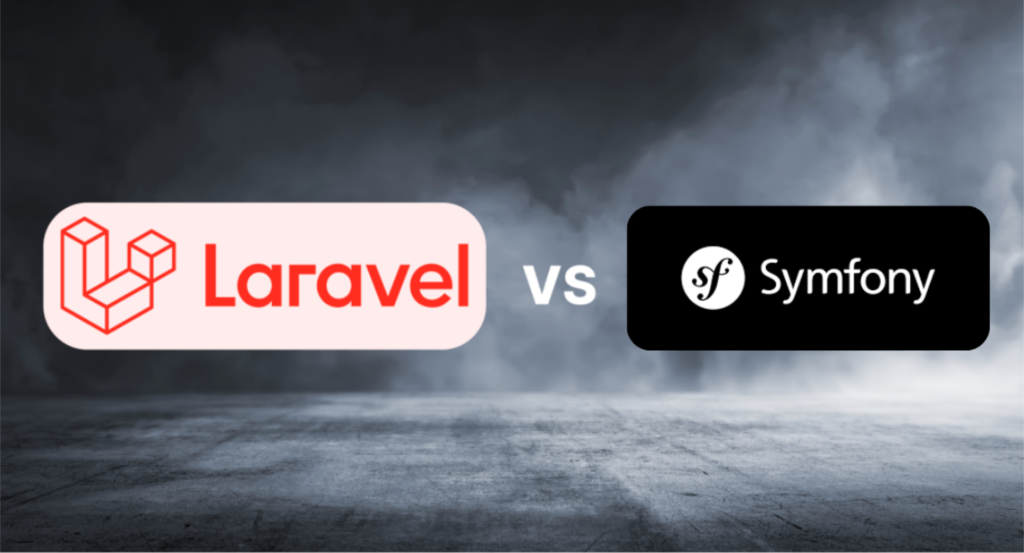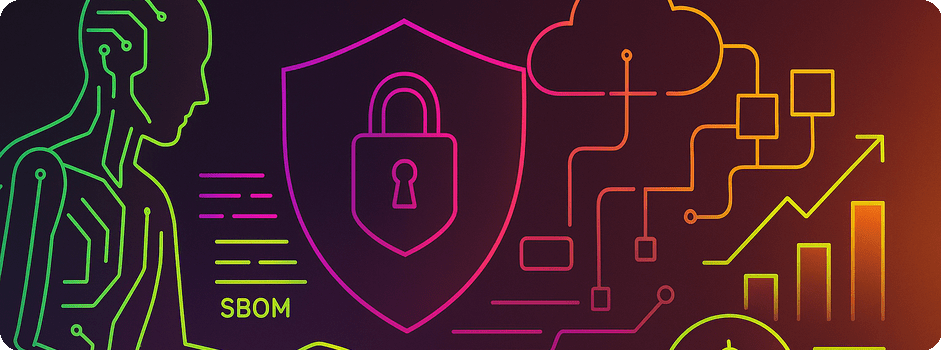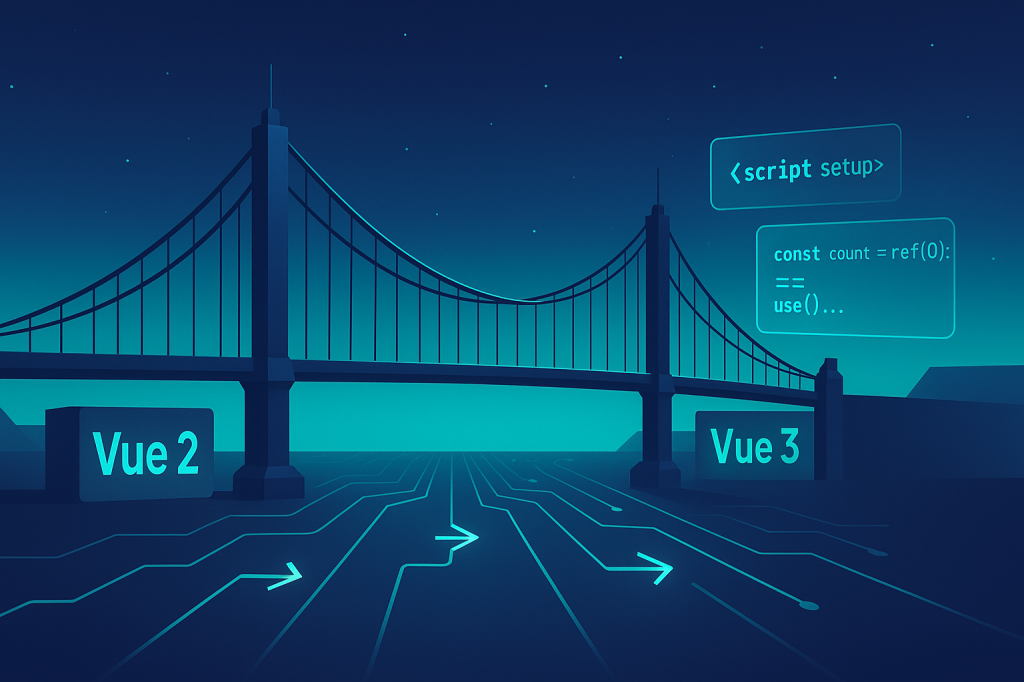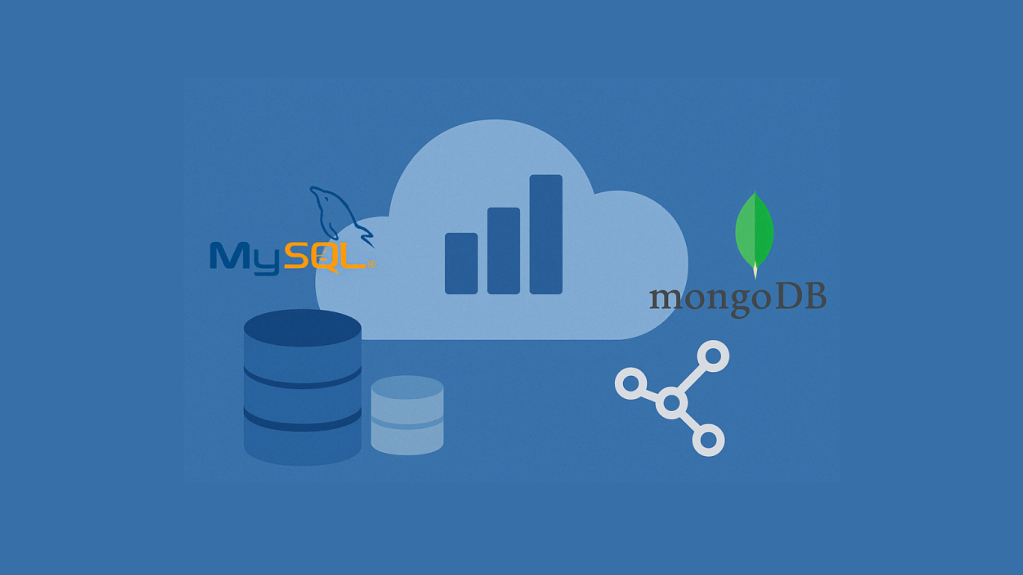If you’re a software developer or a business owner, one of the critical decisions you need to make when beginning any new software development project is picking the ideal framework.
Laravel and Symphony are two of the most popular and preferred PHP frameworks used in web development today. Both have gained recognition in the PHP community for their efficiency and performance.
According to GitHub data, Laravel has 73.6k stars, while Symfony has 28.4k stars, confirming them as top PHP frameworks. They enable businesses to meet needs and remain flexible for updates, and both excel at creating platform content.

In this article, we’ll examine the characteristics of these frameworks, highlight their distinctions, and explore potential ways to use Laravel and Symphony together.
Overview of Laravel
When diving into the world of PHP frameworks, Laravel emerges as a prime choice for developers looking for a blend of simplicity and robust functionality.

Key features of Laravel
Rapid setup and ease of use: Laravel is known for its quick and easy setup, helping developers get projects off the ground fast without losing features and functionality. This simplicity is great for beginners and anyone wanting to avoid long delays.
Rich ecosystem with tools: Laravel is more than just a framework; it’s a complete ecosystem built to improve your development process. Homestead gives you a pre-configured local environment, Nova delivers a sleek admin panel, and Echo makes adding real-time interactions to your web apps easy.
Eloquent ORM and Blade templating engine: Eloquent ORM and the Blade templating engine are central to Laravel’s back-end development. Eloquent simplifies data handling with its intuitive database abstraction, while Blade lets developers easily craft dynamic layouts.
Why choose Laravel?
Developer-friendly environment: Laravel is built to provide developers with a seamless experience, from its comprehensive documentation to its efficient code syntax. This developer-friendly approach reduces learning curves and helps experienced developers achieve more with less code.
Quick development cycle for web applications: Thanks to its vast array of built-in features, including routing, sessions, and caching, Laravel accelerates the development process. This rapid development cycle allows developers to go from concept to deployment faster than ever, making it ideal for businesses that need to iterate quickly in response to user needs or market changes.
Laravel offers a compelling package for web development with its ease of use, rich set of tools, and efficient programming capabilities. Whether you’re building a small website or a complex web application, Laravel provides the tools and environment to deliver exceptional results swiftly.
Additional reading:
- https://www.curotec.com/insights/laravel-vs-node-js/
- https://www.curotec.com/insights/laravel-vs-django/
Overview of Symfony
Symfony is a standout PHP framework known for its adaptability and robust features. Here’s a quick dive into what makes it so great, especially for large-scale projects.

Key features of Symfony
Flexibility and configurability: If you need a custom fit for your project, Symfony’s got you covered. It’s incredibly flexible, letting you tweak settings to perfectly align with your project’s demands.
Component-based architecture: Symfony uses a modular approach, with each piece or component working independently. This means you can mix and match components to suit your needs, making your code cleaner and easier to handle.
Twig templating engine: A cornerstone of Symfony development is Twig’s robust templating engine that emphasizes simplicity and readability. With Twig, developers can create elegant, maintainable templates for their web applications, enhancing the overall development experience.
Long-term support and performance: Planning a project for the long haul? Symfony prioritizes performance and offers long-term support versions. This ensures your application stays fast and reliable, even as it grows.
Why Choose Symfony?
Ideal for big projects: With its solid framework and dependable performance, Symfony is ideal for building complex, enterprise-level applications.
Modularity and integration: One of Symfony’s superpowers is its modular components that you can decouple and reuse. This makes managing big projects simpler and streamlines integrating with other systems.
Detailed comparison of Laravel vs. Symfony
When choosing between Laravel and Symfony, the devil is in the details. Here’s how these two heavyweights stack up in key areas like performance, ease of use, and project suitability.
Performance considerations
Both Laravel and Symfony are built to handle apps efficiently, but they shine in different scenarios. Symfony is often seen as more robust, especially for handling complex, high-demand applications that need to scale. Laravel, while very fast for most projects, can encounter bottlenecks when scaling up to massive sizes.
Learning curve and developer community support
If you’re just starting out, Laravel might be your best bet. It’s known for its straightforward approach, which makes it easier for newcomers to get up and running. Plus, Laravel’s community is incredibly active and supportive, filled with resources and tutorials that make learning a breeze.
On the other hand, Symfony’s learning curve is steeper due to its complexity. However, it’s this complexity that makes Symfony powerful. For those who master it, Symfony offers a high level of control and precision. Its community is also robust, offering extensive documentation and a strong network of developers.
Project suitability
Thinking about the size of your project can also guide your choice. Due to its rapid development capabilities and simpler architecture, Laravel is perfect for small—to medium-sized projects. It’s great when you want to get something up quickly without too much fuss.
Symfony, with its modular and decoupled design, excels in larger, more complex applications that may require a lot of “under-the-hood” customization. It’s built to handle large-scale projects, making it a favorite for enterprise applications.
Pros and cons of each framework
Laravel’s biggest advantage is its approachability and ease of use, making it a favorite among developers who want to create apps without a steep learning curve. However, its simplicity can lead to performance issues in very large applications.

Symfony, known for its robustness, is great for developers looking for a framework that can handle complex functionalities with ease. The trade-off is its complexity, which might be intimidating for beginners but rewarding for seasoned developers.
Integrating Laravel and Symfony
You might be starting to wonder if you can mix Laravel and Symfony in a single project. It’s not only possible, but sometimes, it can bring the best of both worlds to your application. Let’s explore how these two frameworks can complement each other.
Laravel’s use of Symfony components
Laravel is already a fan of Symfony. It uses several Symfony components, which means Laravel developers are leveraging Symfony’s robustness even without knowing it. This underlying integration is part of what makes Laravel so powerful and versatile.
Using Symfony bundles in Laravel projects
Let’s take it a step further. You can actually use Symfony bundles within your Laravel projects. This is a great way to enhance your app, especially when you need a specific feature that Symfony handles exceptionally well but isn’t directly available in Laravel.
Scenarios for using both frameworks together
Backend complexity with Symfony: When you have complex backend needs—think detailed database interactions or bespoke backend logic—Symfony’s structure and depth can handle this beautifully. It’s built to manage complex systems more effectively.
Front-end speed with Laravel: For parts of your project where you want to move fast and create features without getting too technical, Laravel is your go-to. Its rapid development capabilities are perfect for crafting front-ends or simpler services where speed and simplicity are key.
Integrating Laravel and Symfony can provide a sophisticated yet agile solution. This hybrid approach allows you to tailor the development process to the specific strengths of each framework, optimizing both the development time and the performance of your application
👋 Ready to start your software development project and need expert advice?
With our industry-leading software development services, Curotec can help bring your vision to life. From simple applications to complex systems, our team has the expertise to guide you through your software development project.
Real-world integration of Laravel and Symfony in web development
In real-world applications, integrating Laravel and Symfony can harness the strengths of both frameworks to create robust and scalable web solutions. Here are some practical examples of where the integration of Laravel and Symfony has been beneficial:
Enterprise applications: Symfony’s robust architecture is often utilized for applications that demand complex backend logic and scalability. However, for aspects of the project that benefit from rapid development—like building dashboards or other user-facing interfaces—Laravel’s more intuitive and faster development capabilities are utilized.
SaaS platforms: Many Software as a Service (SaaS) applications leverage Laravel for its simplicity and quick prototyping, which is crucial for startups looking to iterate quickly based on user feedback. Symfony components may be used to handle the heavy lifting on the backend, especially when dealing with complex database interactions or when a high degree of customization and scalability is required.
E-commerce systems: For e-commerce platforms requiring high performance and security at the backend while maintaining a smooth and quickly adaptable front-end user experience, the integration of Symfony for core system functionalities and Laravel for rapid feature deployment and updates can be seen.

Wrapping up Laravel vs. Symfony in web development
In our exploration of Laravel and Symfony, we’ve delved into the distinct and overlapping features of each framework. Here’s a quick recap and some advice on how to proceed with these tools in your projects:
Key takeaways
Laravel excels in user-friendliness and speed, making it ideal for projects that require rapid development and a gentle learning curve. Symfony offers robustness and flexibility, suited for complex applications that demand a stable, scalable architecture.
Choosing the right framework
Consider Laravel for smaller or medium-sized projects where development speed and ease of use are priorities. Opt for Symfony when dealing with large-scale enterprise applications that require comprehensive features and high scalability. And, when your project demands it, don’t hesitate to use both. Employ Symfony for its strength in handling complex backend logic and Laravel for its quick iterations on the front-end and less complex services.
Explore and learn
The best way to truly understand the capabilities and synergies of Laravel and Symfony is to experiment with them in various projects. Combining them can often yield a product that is greater than the sum of its parts, leveraging the strengths of each according to the project’s needs.
By considering these insights, you can better decide which framework, or combination thereof, will best suit the specific requirements of your web development projects. Remember, the choice isn’t always binary—sometimes, the best solution lies in a creative combination of both tools.
Ready to elevate your digital experience? At Curotec, we leverage cutting-edge technology and innovative strategies to transform your business challenges into growth opportunities. Whether you need bespoke application development, strategic IT consulting, or comprehensive digital transformation, our experts are here to guide you every step of the way. Don’t wait to start your journey towards technological excellence. Contact us today and discover how Curotec can revolutionize your business operations and drive success!









